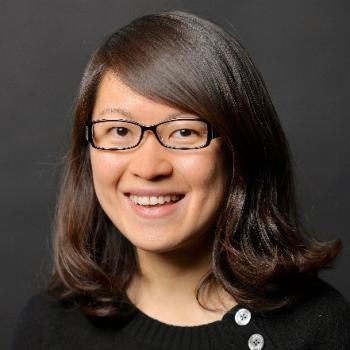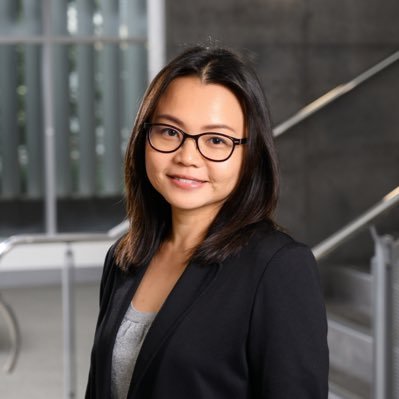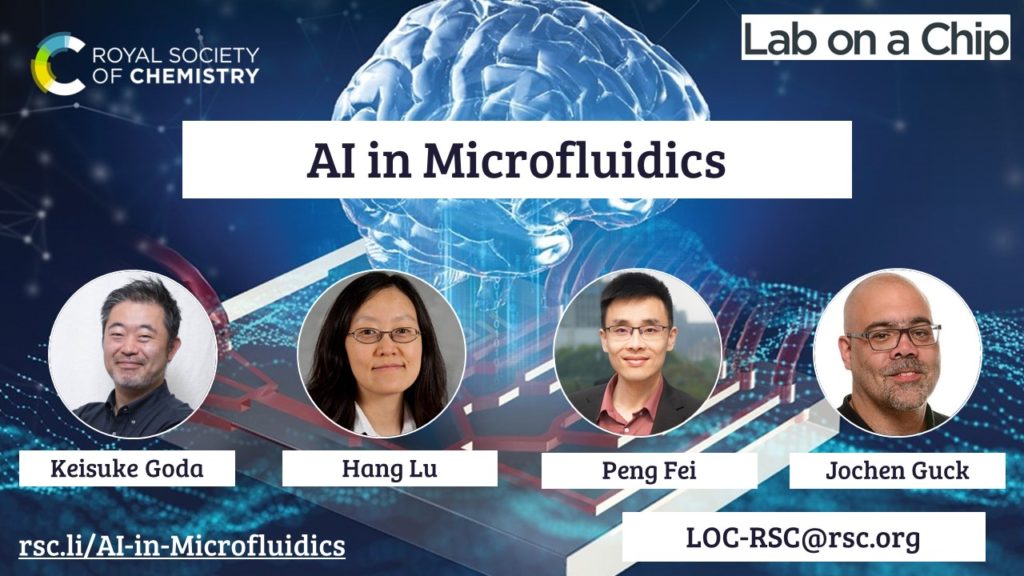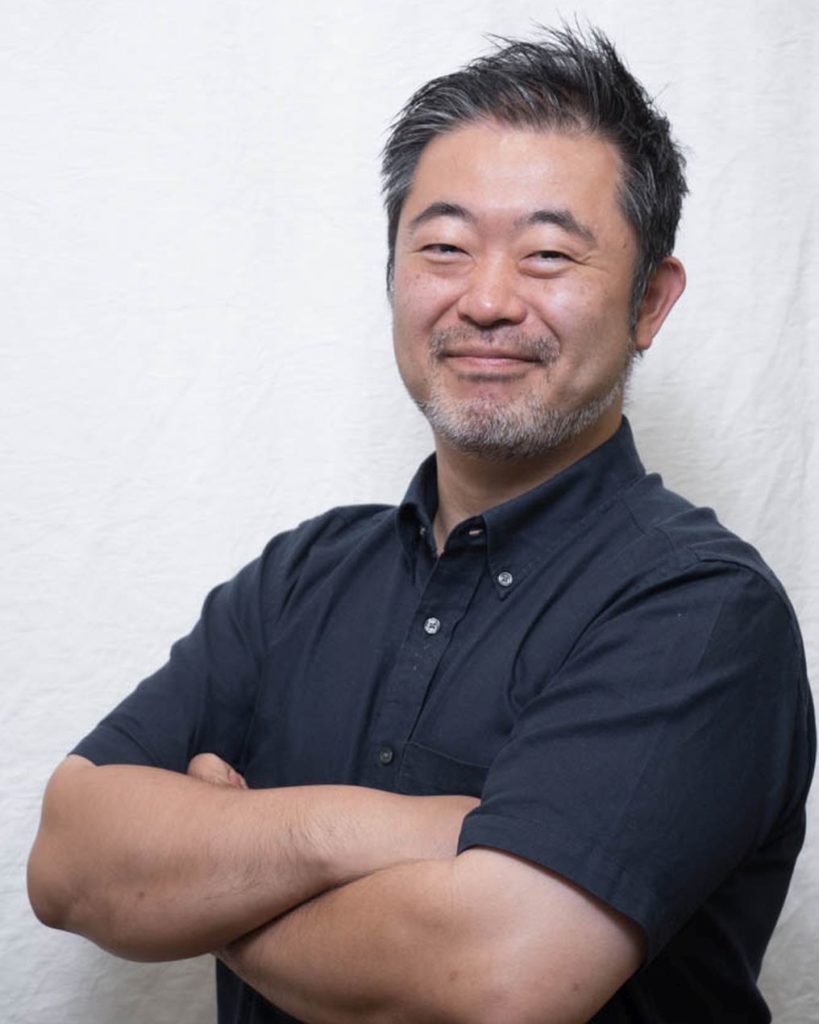
Lab on a Chip and Dolomite are delighted to announce the winner of the 2021 Pioneers of Miniaturization Lectureship, Professor Keisuke Goda.
This Lectureship honours and supports the up and coming, next generation of scientists who have significantly contributed to the understanding or development of miniaturised systems.
Keisuke Goda is a professor in the Department of Chemistry at the University of Tokyo, an adjunct professor in the Institute of Technological Sciences at Wuhan University, and an adjunct professor in the Department of Bioengineering at UCLA. He obtained his B.A. from UC Berkeley summa cum laude in 2001 and his Ph.D. from MIT in 2007, both in physics. At MIT, he worked on the development of gravitational-wave detectors in the LIGO group which led to the 2017 Nobel Prize in Physics. After several years of work on high-speed imaging and microfluidics at Caltech and UCLA, he joined the University of Tokyo as a professor. His research group focuses on the development of serendipity-enabling technologies based on molecular imaging and spectroscopy together with microfluidics and computational analytics to push the frontier of science. He currently leads Serendipity Lab, a global network of scientists who aim to realize Louis Pasteur’s statement “Chance favours the prepared mind”. He has published >300 papers, filed >30 patents, and received numerous awards and honours such as Japan Academy Medal and JSPS Prize. He is a fellow of RSC and SPIE.
Our Pioneers of Miniaturization Lectureship Winner is invited to speak at MicroTAS, and thus Keisuke will be presenting his talk at the MicroTAS 2021 meeting, 10-14th October 2021.
We give our warmest congratulations to Keisuke on his achievement!
Read some of Keisuke Goda’s recent Lab on a Chip papers* below:
Are droplets really suitable for single-cell analysis? A case study on yeast in droplets
Y. Nakagawa, S. Ohnuki, N. Kondo, K. Itto, F. Ghanegolmohammadi, A. Isozaki, Y. Ohya, and K. Goda, “Are droplets really suitable for single-cell analysis? A case study on yeast in droplets”, Lab on a Chip, 19, 3793, (2021)
AI on a chip
A. Isozaki, J. Harmon, Y. Zhou, S. Li, Y. Nakagawa, M. Hayashi, H. Mikami, C. Lei, and K. Goda, “AI on a chip”, Lab on a Chip, 17, 3074 (2020)
Intelligent image-activated cell sorting 2.0
A. Isozaki, H. Mikami, H. Tezuka, H. Matsumura, K. Huang, M. Akamine, K. Hiramatsu, T. Iino, T. Ito, H. Karakawa, Y. Kasai, Y. Li, Y. Nakagawa, S. Ohnuki, T. Ota, Y. Qian, S. Sakuma, T. Sekiya, Y. Shirasaki, N. Suzuki, E. Tayyabi, T. Wakamiya, M. Xu, M. Yamagishi, H. Yan, Q. Yu, S. Yan, D. Yuan, W. Zhang, Y. Zhao, F. Arai, R. E. Campbell, C. Danelon, D. Di Carlo, K. Hiraki, Y. Hoshino, Y. Hosokawa, M. Inaba, A. Nakagawa, Y. Ohya, M. Oikawa, S. Uemura, Y. Ozeki, T. Sugimura, N. Nitta, and K. Goda, “Intelligent image-activated cell sorting 2.0”, Lab on a Chip, 13, 2263 (2020)
*Free to read until 31st October 2021 with an RSC publishing account.



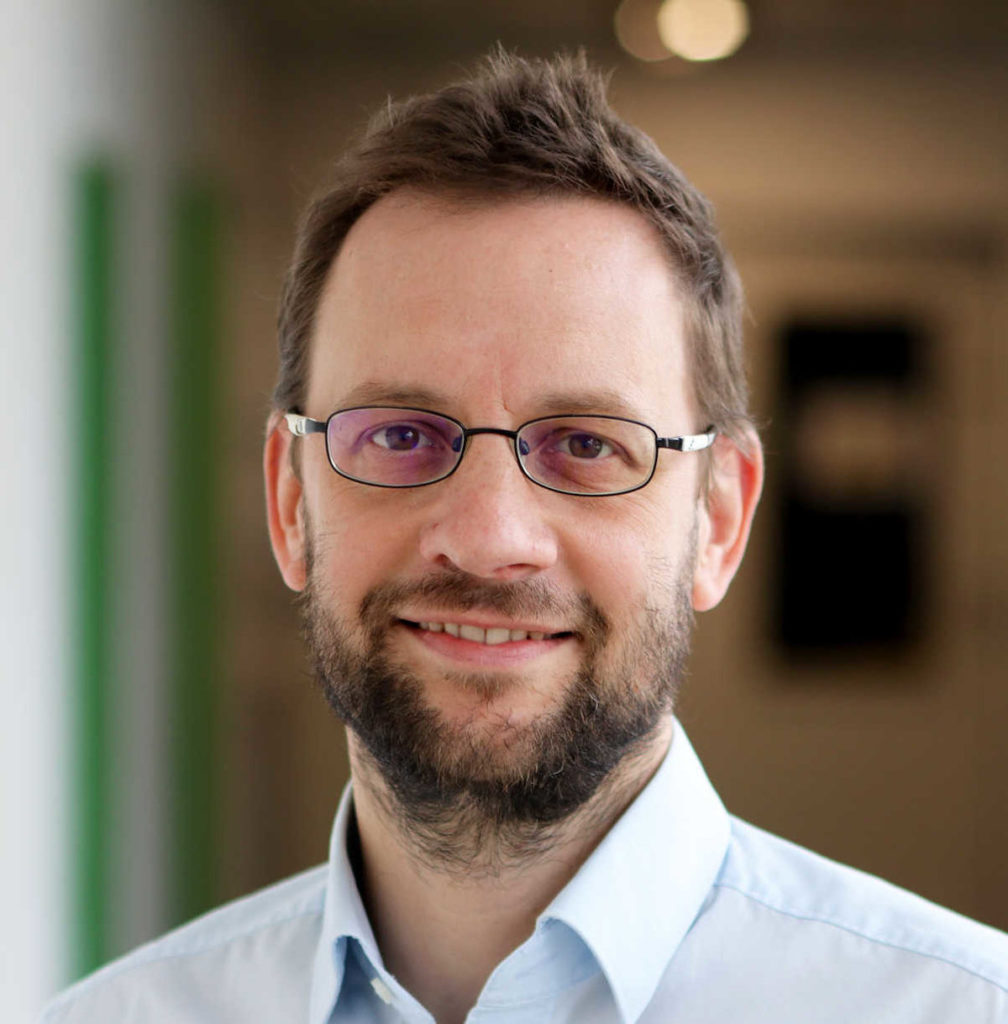









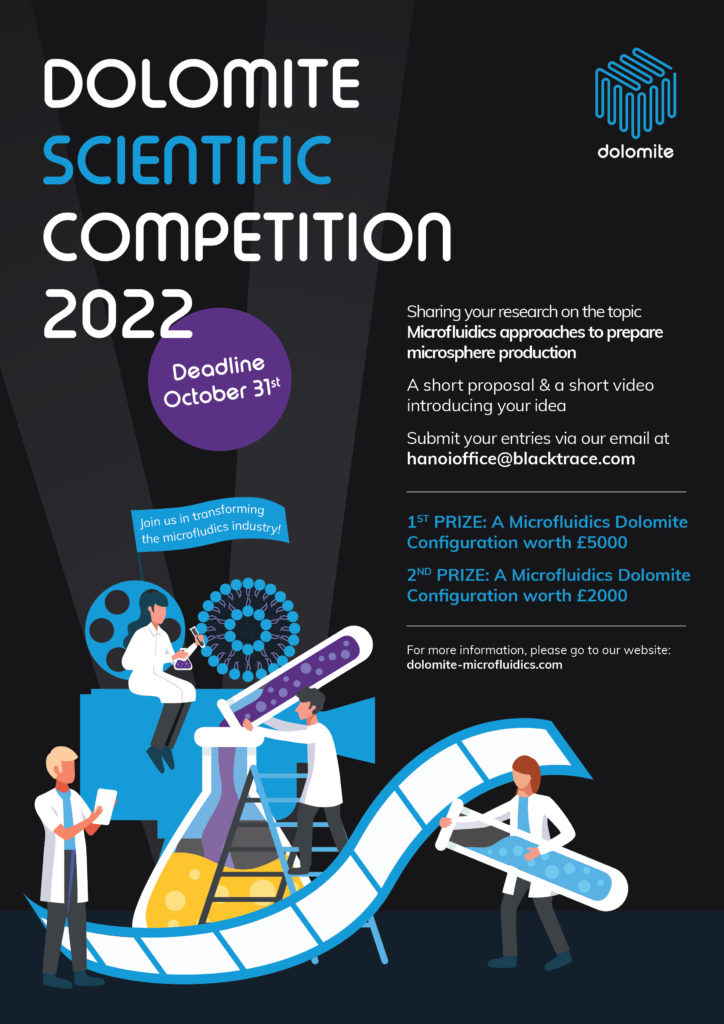
 This Lectureship honours and supports the up and coming, next generation of scientists who have significantly contributed to the understanding or development of miniaturised systems.
This Lectureship honours and supports the up and coming, next generation of scientists who have significantly contributed to the understanding or development of miniaturised systems.





